Ancient Capitals were major players in the middle ages — a period which continues to ignite our imagination. Legendary Knights or real characters have, one day or another, been our hero. Medieval Castle Town in the France of the castles is to discover the architectural feats, the base of the Europe in which we live. From Paris to France through the Indre-et-Loire, we offer a trip in time to the discovery of the most beautiful castles, treasures of our heritage.
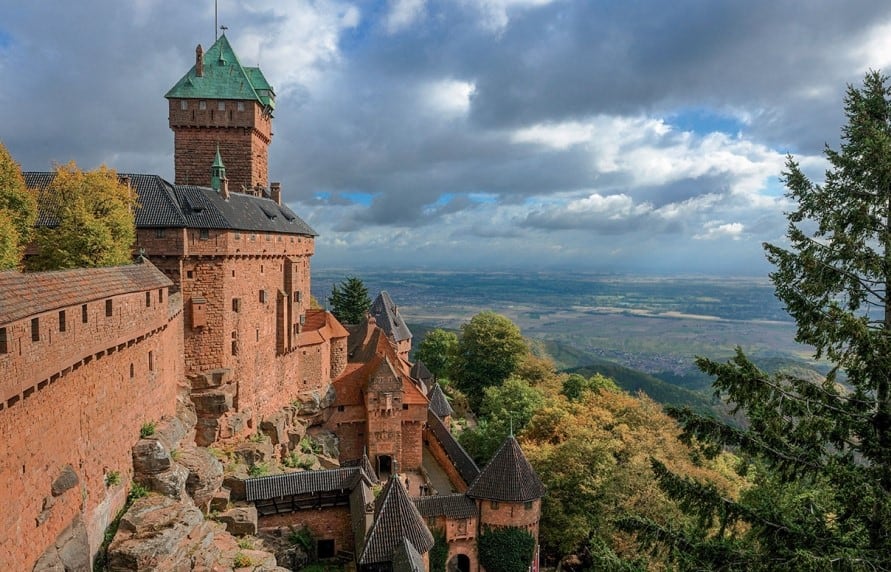
The castle of Vincennes (Paris)
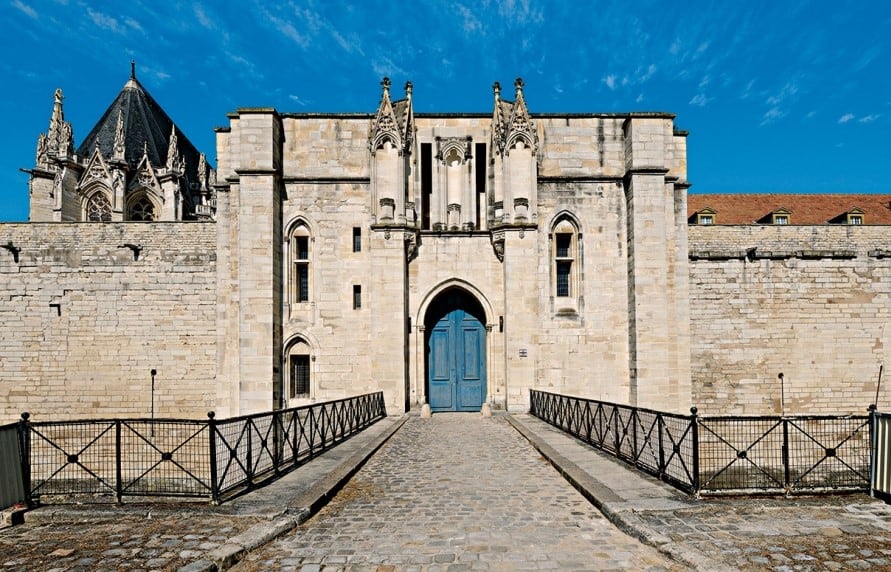

It was originally a simple Pavilion built by Louis VII in the middle of the forest. Charles V will be at the XIVe century this incredible Royal residence where combine military art and refinement. The unique witness of what was a royal residence in the middle ages kept in France, at halfway between the Castle fort and the Palace, the fortress of Vincennes is a breathtaking place to discover, a few stations away only from the heart of the capital.
The castle of the high-Koenigsbourg (Bas-Rhin)

Emerging from the forest of the Vosges, the romantic silhouette of pink high -Koenigsbourg sandstone is perched 757 meters on a rocky promontory that dominates the plain of Alsace. This Castle fort, built from the XIIe century, should his current pace to Guillaume II, German Emperor, who made him restore at the beginning of the XXe century. He is today among the most visited monuments of the country with nearly 500,000 visitors per year.
The castle of Pierrefonds (Oise)
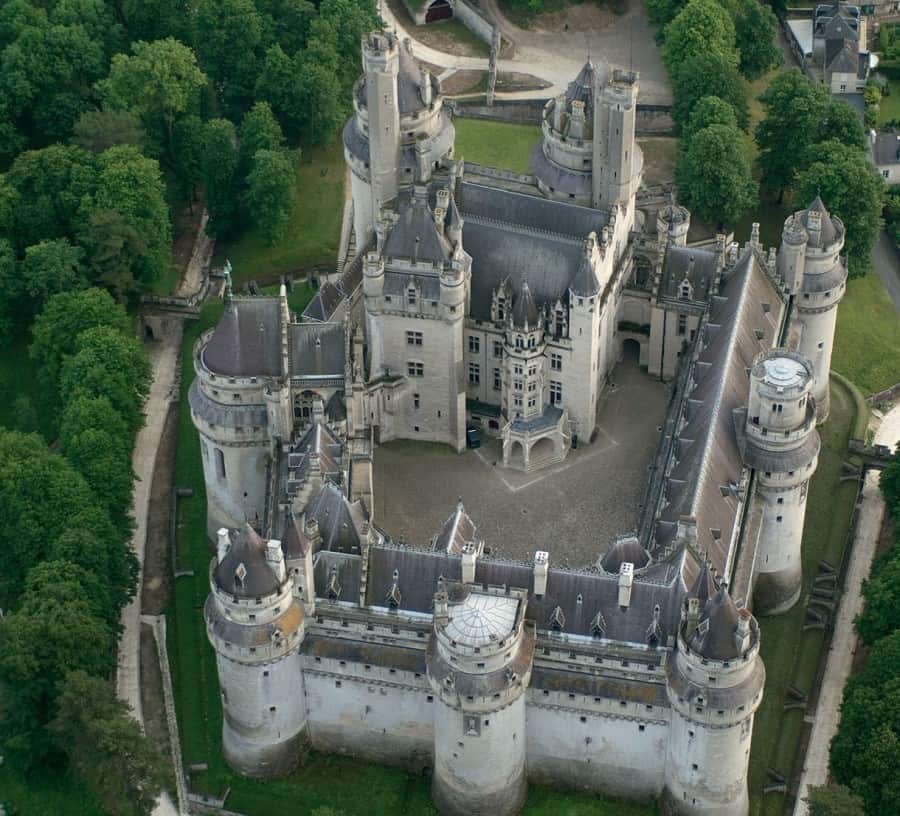
Its high towers are popping up like in a fairy tale on the edge of the forest of Compiègne! This is the Castle hard that you imagine in your dreams! The silhouette is so perfect and so beautiful state that she earned him also to be a source of inspiration for Walt Disney or movies such as visitors or the Joan of Arc of Luc Besson. Restored by Viollet-le-Duc, Pierrefonds Castle offers a tasty dip in Middle ages revisited in the XIXe century. Typically NeoGothic, but finally not far from historical ‘reality.’
The castle: Legend of Marseilles (southern France)
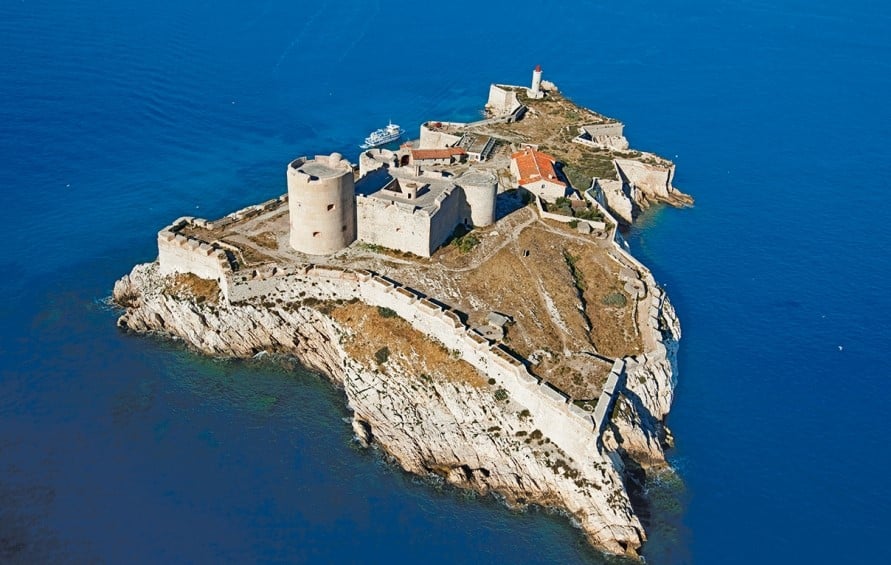
The position advanced in the Bay of Marseille, the Frioul archipelago and its four islands – Pomègues, Ratonneau, Tiboulen, If – have a major strategic interest. François Ier, to strengthen the southern borders of his Kingdom, decided the construction of the castle. Building starts, presumably, in 1529. Dominated by the Tower of St. Christopher (22 meters high), this Sentinel at world-famous sea, has been immortalized by the count of Monte Cristo, a novel by Alexandre Dumas, in which If is the place of detention of Edmond Dantes. This medieval castle served as a prison from 1580 to 1871.
The fortress of ferns (Ille-et-Vilaine)
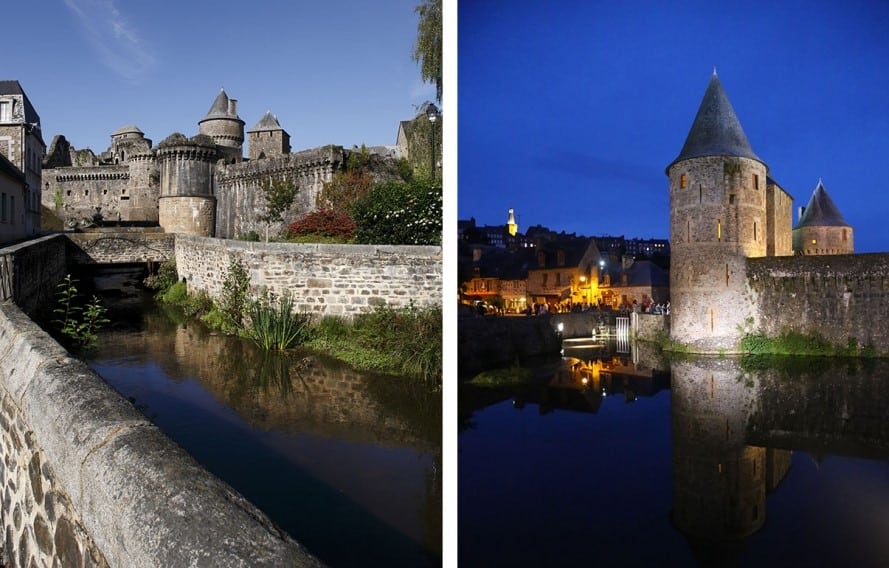
There is no more beautiful outside, I’m sure,” exclaimed the adventurer Lawrence of Arabia when he discovered in 1907 in the castle of Fougères. Impossible for the visitor today still do not stay beat in front of this colossus of granite and shale, which stretches dramatically over two hectares: thirteen towers, three speakers, an area of two hectares. The castle of Fougères is simply one of the biggest in Europe! Taken and retaken until the annexation of Brittany to France, this ‘market’ (this is how called fortresses keeping the border of the Duchy) is still in remarkable condition.
The castle of Fleckenstein (Bas-Rhin)

Is a Visual shock. By far, it does not perceive it as a fortress, so the building’s body with its natural environment. Property of the commune of Lembach, Fleckenstein, located north of Alsace on the German border, is a true Troglodyte Castle, a huge sandstone Cliff pink whose base measure more than one 100 m. Built by Gottfried of Fleckenstein in century XII, this building was the scene of several seats, before definitively to the French troops who shave it in 1680.
The castle of the high-Barr (Bas-Rhin)
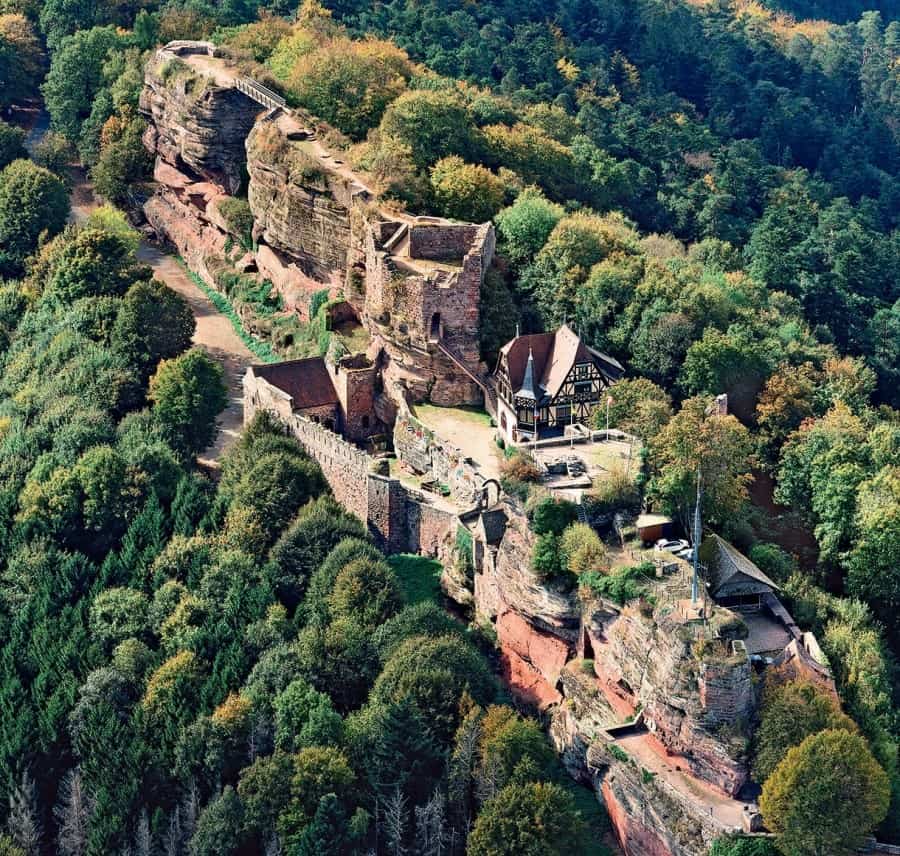
The castle of the Bishops of Strasbourg, perched at 470 m, commanded the entrance to the Valley of Zorn, important way of invasion between Lorraine and Alsace from century XII. He stood on three large boulders linked together by bridges. During the revolt of the boorish in 1525 (that of the German peasants) related to the Protestant Reformation, the castle is under attack and the revolt repressed in a bloodbath. If building from the middle ages is spared during the thirty years war, it was broken up later, by order of the King of France. From its Summit, you can see the arrow of the Cathedral of Strasbourg!
Three dungeons of Eguisheim (Haut-Rhin)
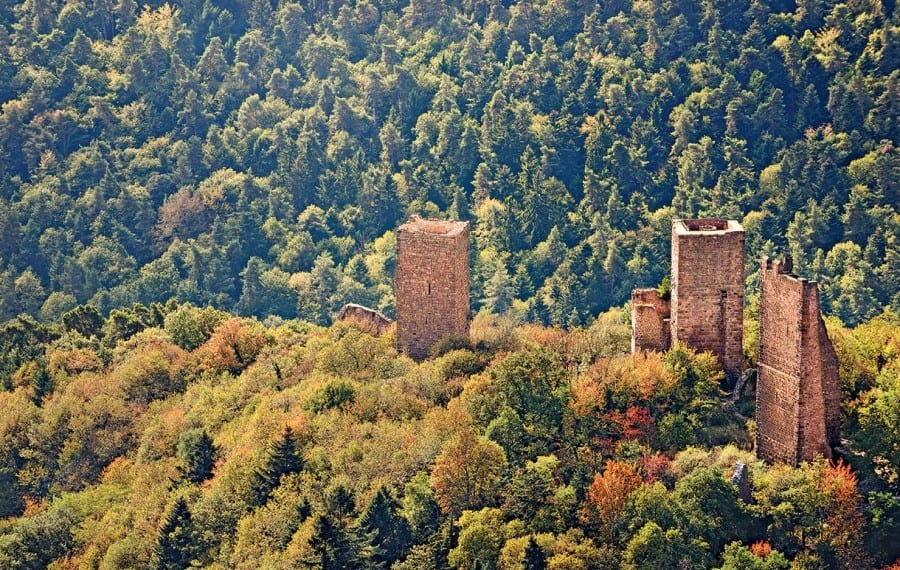
Eguisheim, South of Colmar, includes the remains, on a Rocky Hill, of three dungeons: the Vaudemont (or Weckmund), the Wahlenbourg and Dabo (or Dagsbourg). He was originally a single castle that is fragmented. The huge fortress is founded around the year millet by the powerful family of Eguisheim. When turns off the lineage of the Eguisheim-Dabo, the Bishop of Strasbourg is in place. To regain their rights, the counties of Ferrette, legitimate heirs, erect the South Tower. In 1466, the fortress, squatted by a robber Knight, is destroyed during the war of Six funds.
The castles of Beynac and Castelnaud (Dordogne)
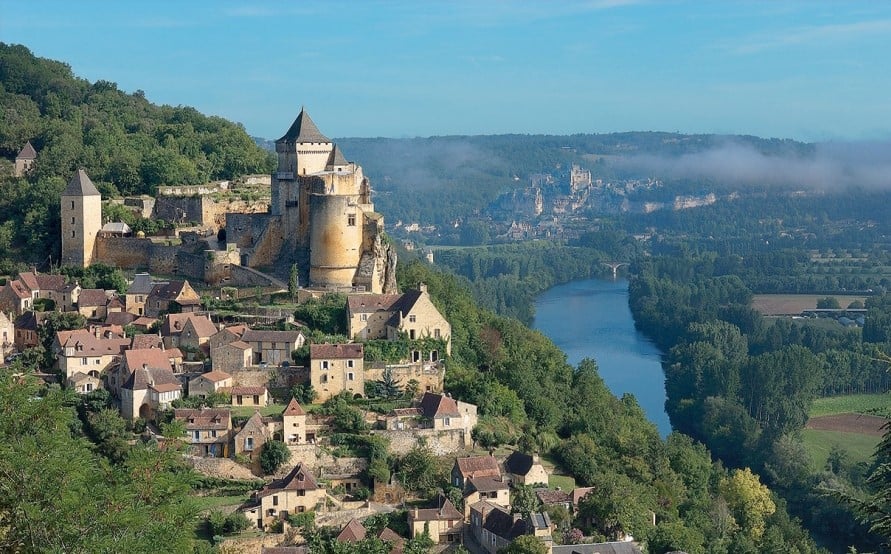
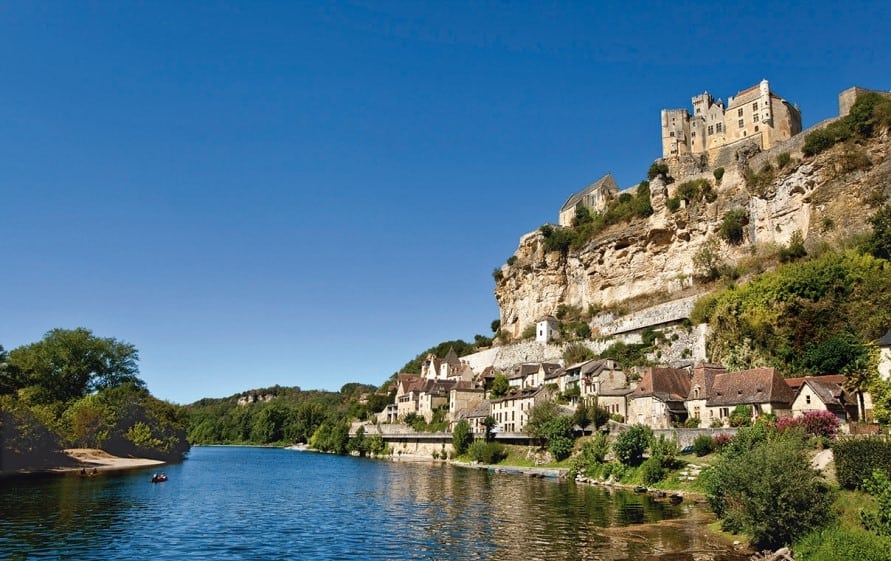
Castelnau or Castelnaud (New Castle), left bank of the Dordogne, is anchored at the southern end of a limestone spur. The seat of the heresy Cathar, involved in the war of a hundred years, a stronghold of the English… life was not a bed of roses. He spent seven times at the hands of the English. Certainly founded thee century XII, it undergoes a profound transformation after its capture by Simon de Montfort. The keep and the curtain wall that can still be seen today date from this period. This castle houses the Museum of the war in the middle ages.
Face à Castelnaud, Beynac a le privilège de l’ancienneté : le site est occupé depuis le Xe siècle… avant notre ère ! L’endroit est surnommé « l’arche de Satan » lorsque Adhémar de Beynac en hérite en 1167, après vingt ans de Terre sainte. Il en restera le seigneur jusqu’en 1194, à l’abri de ses tours à créneaux et ses raides murailles. Il meurt sans héritier, et son suzerain – un certain Richard Cœur de Lion, lui aussi de retour de croisade – en profite pour faire don du château, en récompense, à son lieutenant Mercadier. Un assassinat opportun le rendra à la famille ; mais le cœur des Beynac penchera toujours désormais du côté français, en dépit des traités qui baladent le Périgord d’une obédience à l’autre.
Carcassonne (Aude)
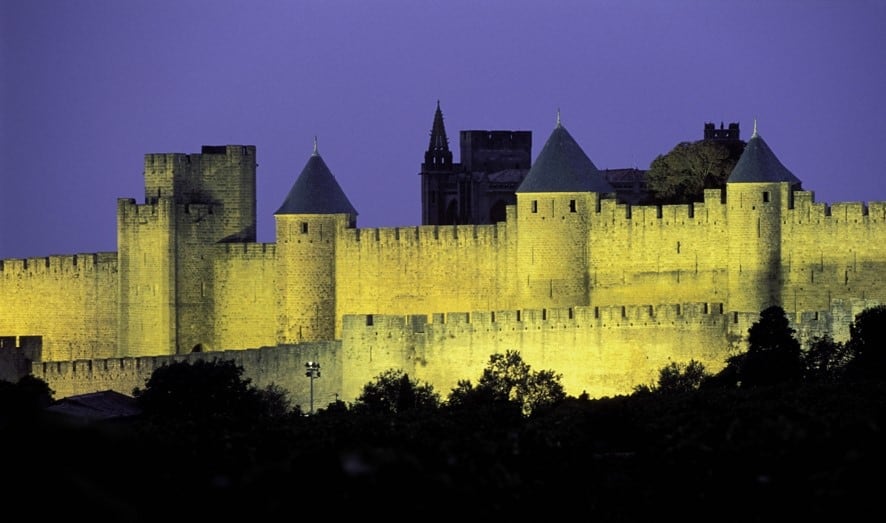
To see festooned the horizon, dark stormy sky, croissants in the sun rising or princely by dark, when the spotlights are the walls of solid gold, it’s hard to believe authentic. Admired each year, no less, by more than two million visitors, and registered in the world heritage of Unesco, the Citadel of Carcassonne wouldn’t she than décor large format for Hollywood film? No, Carcassonne was not born the last fairy tale. Carcassonne is a miracle of stone which was nearly faint. Saved and reinvented by the energy of a thousand dreams: those of historians, architects medievalists, the poets, the hawkers of legends and epics, filmmakers… and visitors from around the world.
The castle of Saumur (Maine-et-Loire)

If anyone who knows to play styles and epochs it is the castle of Saumur, premonition Renaissance lost at the beginning of the hundred years war. It is a fortress of the XI century, the Castrum samurai, square in plan with corner towers, which served, about 1350, starting point to enlargements ordered by Louis of Anjou: the marriage between the provisions of medieval military architecture and the comfort of the Marina Palace is consumed here with almost two centuries in advance. Later, XVIe century, this zesty cake will be placed on a white plate curtain walls, and bastions in Star are furiously evoking Vauban: once again with a big lead. Transformed into a prison – which probably saved her in the Revolution – she ‘received’ Nicolas Fouquet and the Marquis de Sade.
The castle of Langeais (Indre-et-Loire)

The old motto of Foulques Nerra Dungeon – the oldest of France believes it – throne in the Park at the bottom of the garden. Facing him, beyond the flower beds at the line, the new castle funded under Louis XI by his grand Treasurer Jean late already feels the Renaissance. Without daring to surrender altogether. The side is facing the town; it offers high walls, large round towers machicolations, and paths, drawbridge to the latest counterweight. We must impress the newcomer. Stack and garden, the table is already softer. At the height of his glory, Langeais welcomed in 1491 the glitzy marriage of Anne of Brittany and Charles VIII.
The medieval castle of Chinon (Indre-et-Loire)

Overlooking the Vienna and the city, the fortress of Chinon is placed on its steep spur as a Crown. This feudal gem leveled, décrénelé, has lost its luster, but not its Gothic character: from thee century XVI, person, strangely, did more fit to touch. Even the tower clock barlongue to the entry date of 1399… On five hundred meters long, it is always three castles that line up on parade. One in the middle is the main, flanked on the left of the castle of Coudray, probably the first rack, and on his right of fort St. George (e century XII), the most vulnerable, the ruined.
The castle of Peyrepertuse (Aude)
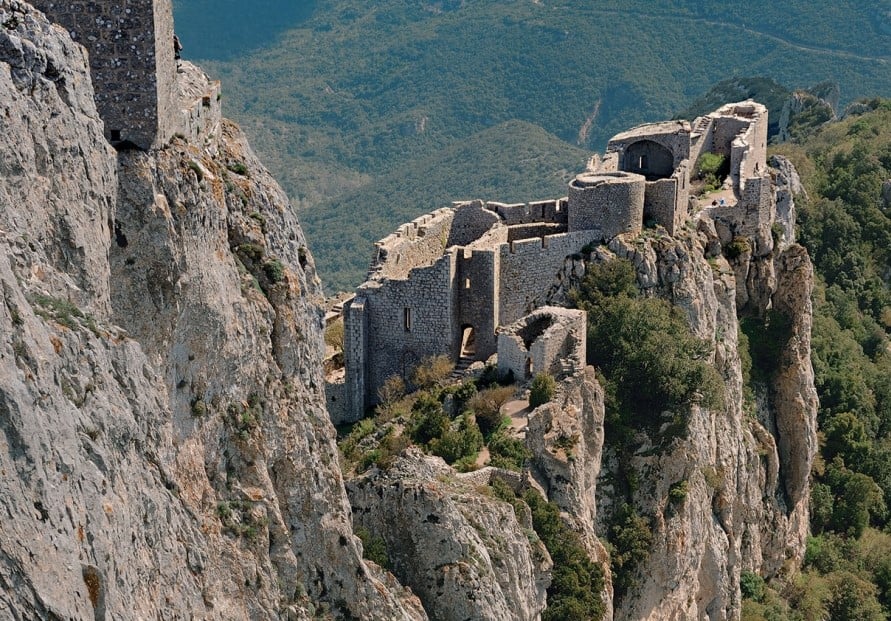
Located in the Corbières, at 800 meters, Peyrepertuse Castle was built in XI dizzying century on a rocky ridge above pics. The perched makes that he could communicate by signals with Quéribus. It falls into the hands of Louis IX, which does enlarge and her assistant a second defense book, “the stairs of Saint Louis.”
The castle of Quéribus (Aude)

Put to the limit of the Aude and Pyrénées-Orientales at the Xe century; it hosts the Cathar religious after the fall of Montségur. Its location makes it an excellent lookout in Spanish territory, that will exploit the Kingdom of France after 1255.
The castle of Montségur (Ariège)
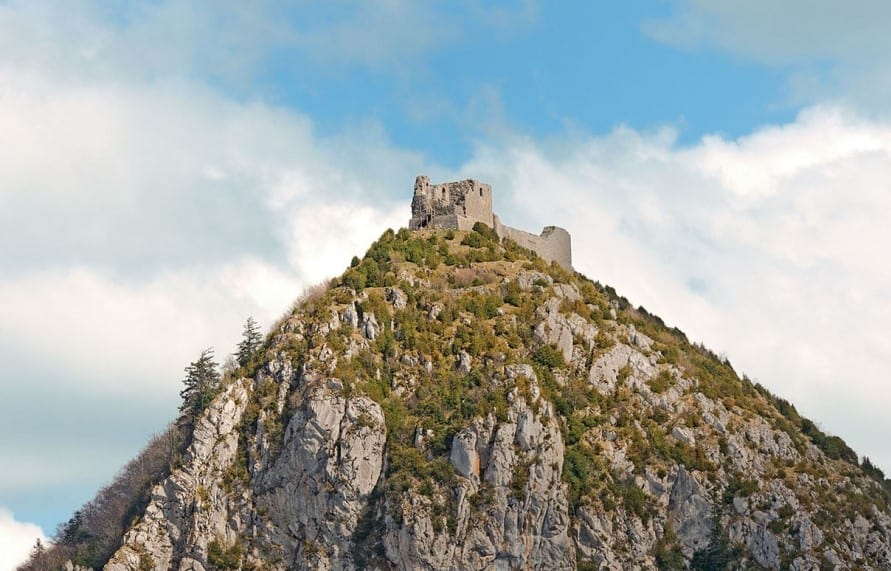
The ruins of the Castle of Montsegur current are those of a Citadel of century XIV. Its history is that of all the Cathar castles. Built-in 1204 on a pig (spur), he is the example of the castrum with the castle, the abode of the Lord, Raymond of Pereille, the village and the fortified. After his fall in 1244, he falls into the hands of Guy de Lévis, Lord of Mirepoix.
Châteauneuf-en-Auxois (Côte-d’Or)

Overlooking the canal of Burgundy and the wooded valley of Auxois is one of the few castles in the region to have preserved its medieval design. Modest and proud, he expected that we would see. The Lord of Chaudenay (a few miles to the South) had erected in 1132 a castle nine on this earth, that he offered to his son to 1175. It was first that the Dungeon, and a hamlet without parish: at the turn of thee century XIV. But shortly after the defensive system organized: speaker irregular strong round half-round, dry ditch cut into the rock and double a counterscarp, curtain successful flying wooden, now disappeared, galleries like the drawbridge of the Chatelet of entry…
The stronghold of Provins (Seine and Marne)
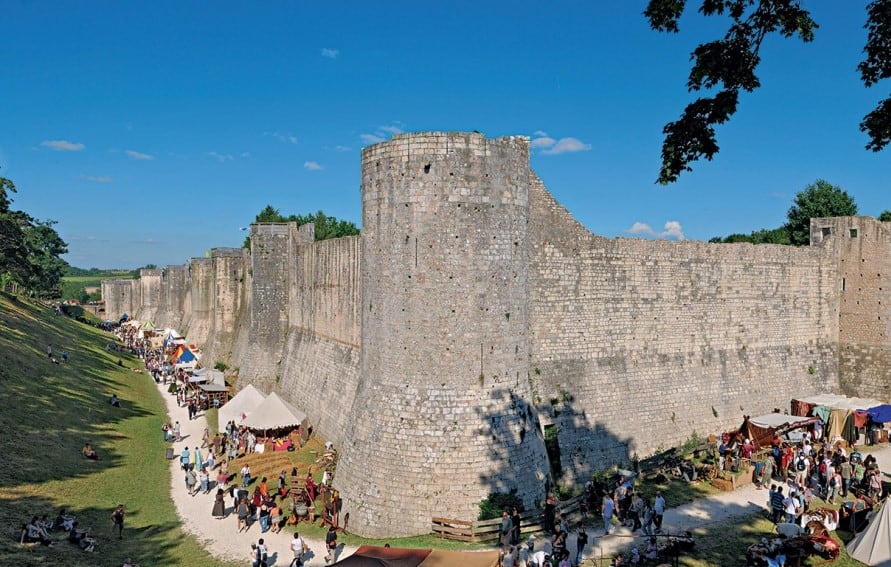
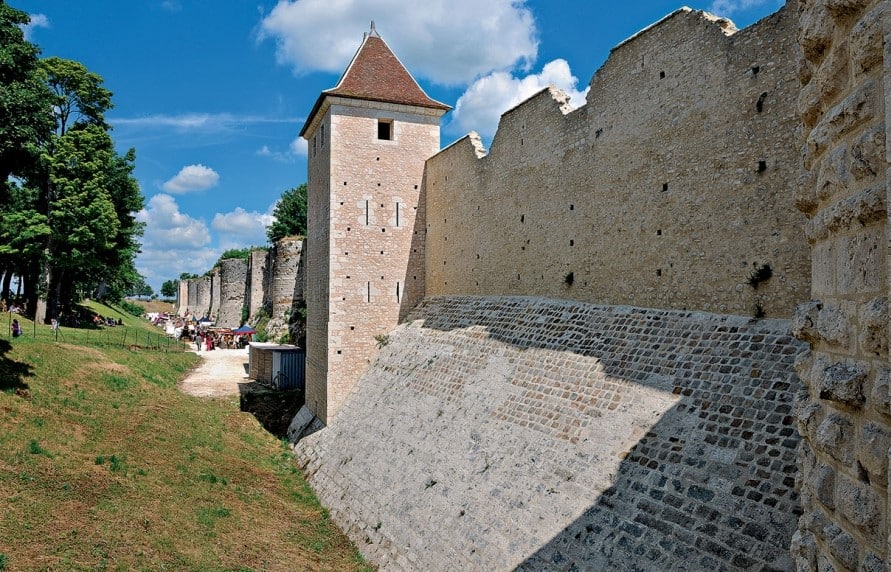
Since 2001, Provins is registered in the world heritage of Unesco as a ‘unique testimony’ of a city of the Champagne fairs. E and centuries, champagne fairs XIII XII and Brie have a huge reputation in Europe. The three strongholds are Lagny, Troyes, and Provins. They regulate the business of the Kingdom. Provins revives its past by throwing for more than twenty years a huge party, the Provins medieval, the second weekend of June.
The fortress of Polignac (Haute-Loire)
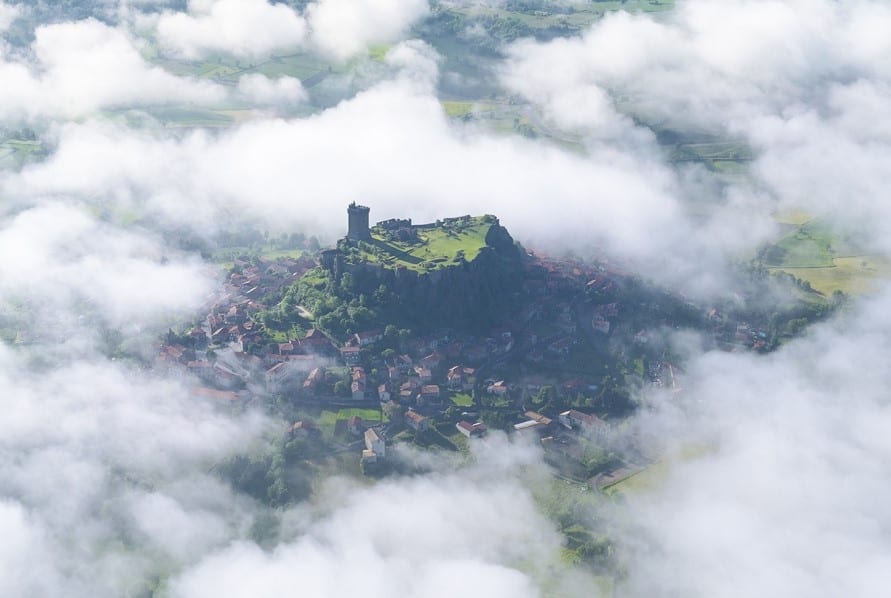
Five kilometers to the Northwest of the Puy-en-Velay, the powerful Castle of the family Polignac, perched on a volcanic rock and dominated by a Dungeon of 32 meters, offers a panorama unparalleled on the mountains of Velay. This fortress of Velay was, from the XI century the property of the Viscounts of Polignac, “Kings of the mountain.” The imposing building was located at the entrance of the Puy, who would become an important city of rallying for pilgrims to Compostela. Proud, the Lords of Polignac came into conflict with the powerful bishops of the Marian city.
The Château-Gaillard (Eure)
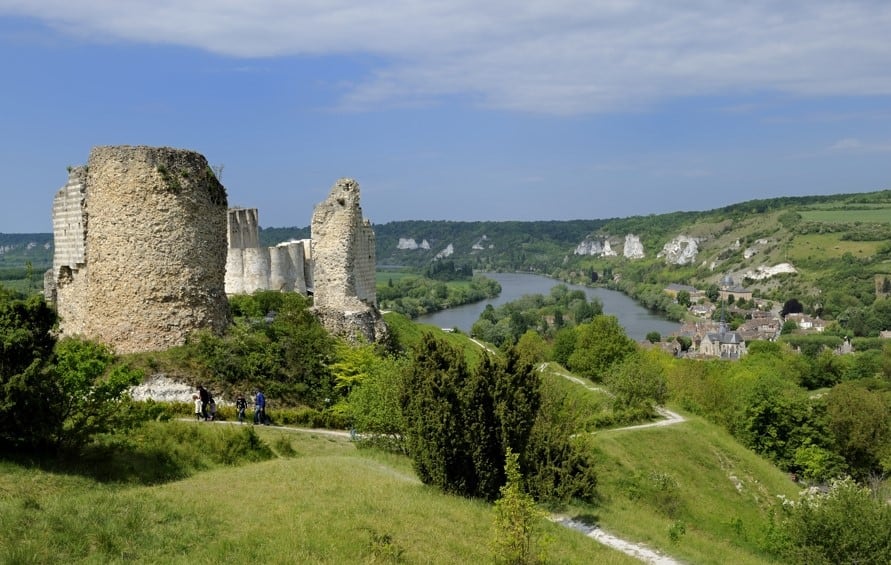
The Citadel was built by Richard the Lionheart to stand in the way of the Duchy of Normandy to Philippe Auguste. This great fortified complex will be taken by the King in 1204 during a memorable siege. Although in ruins, this white stone ship overlooking the Valley of the Seine, at Andelys, remains one of the fascinating fortresses of the country.
The castle of Gisors (Eure)

In the Eure, the castle of Gisors was, before same Château Gaillard, a lock at the entrance of the Duchy of Normandy. His name is today best known through rumors related to the presence of a ‘treasure’ of the Templars, were launched in the 1960s. Attention, prohibited excavation! At the time in the South of the Duchy of Normandy, is the archetype of the “motte Castle” XI century. In 1097, Guillaume Rufus, King of England, built a “strong Castle” on the course of the Epte. Despite his invulnerable, it will fall into the hands of the King of France in 1193.

Leave a Reply